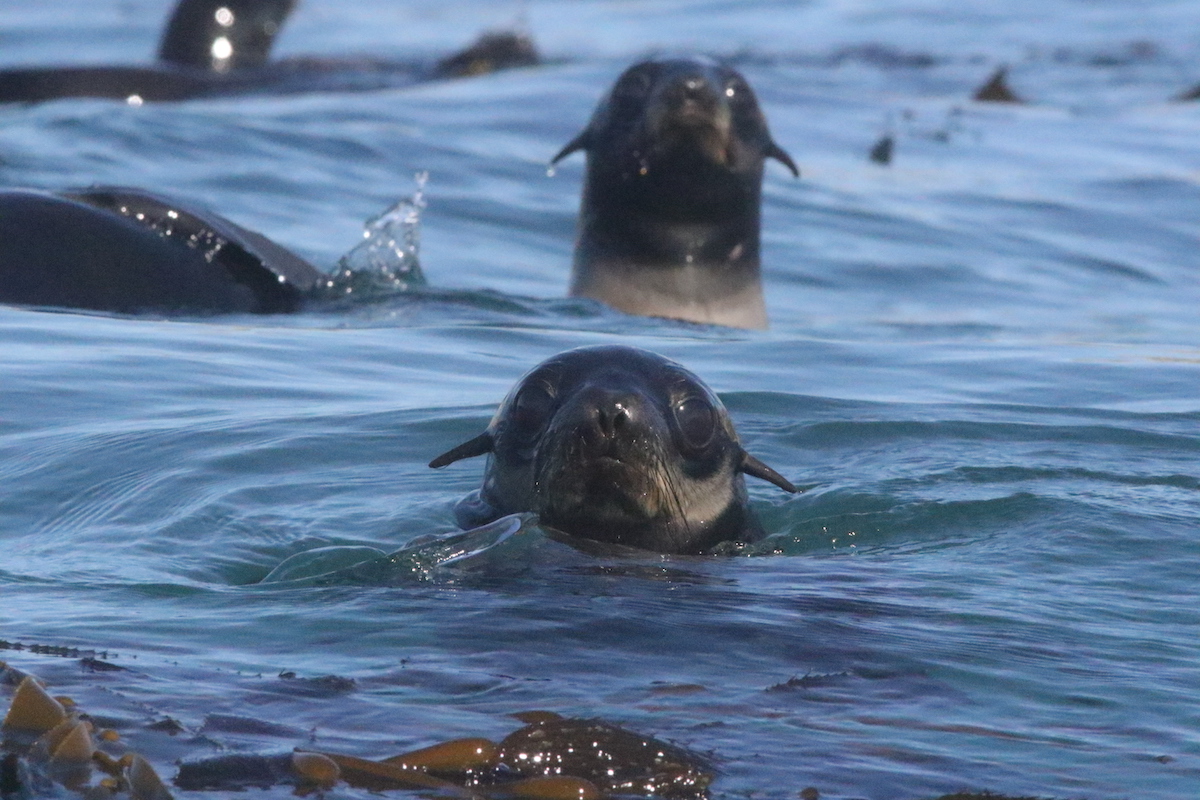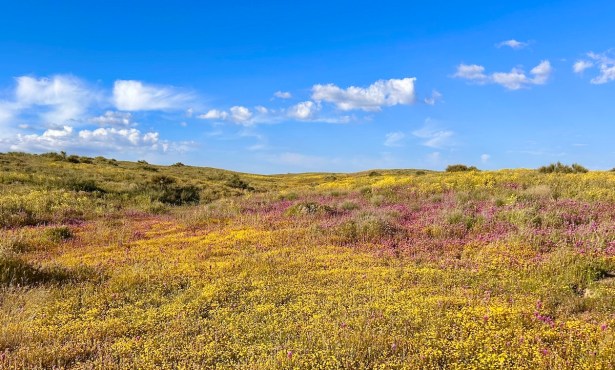Ocean Havens: 50 Years of National Marine Sanctuaries
Protections Have Led to Many Species Returning to Santa Barbara Channel

For every crossing I’ve made, it’s always a relief to leave the shipping lanes in my wake and enter the Channel Islands National Marine Sanctuary (NMS). It’s not only a haven for this weary kayaker, but for hundreds of species of fish, invertebrates, seabirds, and marine mammals, the pelagic food web in all its glory.
The sanctuary system has been protecting ocean and Great Lake habitats for 50 years, an anniversary reached at the end of October. It’s a celebration of aquatic life and cultural resources as they coincide with outdoor recreation and tourism, while maintaining that crucial balance of sustainability.
“Fifty years ago, the U.S. ushered in a new era of ocean conservation by creating the National Marine Sanctuary System,” said Claire Fackler, National Education Liaison and Volunteer Coordinator for the National Oceanic Atmospheric Administration (NOAA). “Since then, we’ve grown into a nationwide network of 15 National Marine Sanctuaries and two marine national monuments that conserve more than 620,000 square miles of spectacular ocean and Great Lakes waters, an area nearly the size of Alaska.”
Of those 15 National Marine Sanctuaries, (and four others that are up for designation), five of them are on the West Coast, one of those being the Olympic Coast in Washington State. The rest fall in line along the California Coast from the Greater Farallones, Cordell Bank, Monterey Bay, Chumash Heritage (up for designation), down to the waters surrounding the Channel Islands.
“The National Marine Sanctuary System will continue to improve protection(s) of existing sanctuaries and will also expand the sanctuary system,” said Chris Mobley, Superintendent of NOAA’s Channel Islands National Marine Sanctuary. “We will strive for more diversity, equity, and inclusion as we work with communities, stakeholders, and partners, and we will increase our engagement with tribes.”
Over the past 50 years, some of these protections have led to a dramatic increase in species returning to the Santa Barbara Channel. In the 1990s, there were virtually no humpbacks in the area, and now they are here year-round. Tony Orr, a wildlife biologist for NOAA, says overall, pinniped numbers are up at the islands and the surrounding waters, specifically at Point Bennett on San Miguel Island. Common murres have returned to breed and nest at Prince Island located northeast of San Miguel Island following a 100-year absence due to egg collecting and other disturbances.
“Numerous species have shown significant recovery around the islands including many seabirds, pinnipeds, fish, and baleen whales,” continued Mobley. “In addition, working with the State of California and NOAA Fisheries, we successfully established a network of marine reserves and marine conservation areas encompassing about 20% of sanctuary waters in 2007. Diversity, abundance, and size of many species have increased within this network, increasing overall system resiliency and health. Finally, as shown in our latest sanctuary condition report, the sanctuary continues to sustainably support many uses, including commercial and recreational fishing, as well as diving, surfing, birdwatching, boating, and other recreational activities.”
However, challenges loom on the horizon. Climate change is arguably the largest. “We will work with NOAA, other agencies, partners, and communities to implement effective restoration, climate adaptation, and climate resilience strategies for marine ecosystems and coastal communities,” added Mobley.
While recently leading a kayak trip back from Potato Harbor to Scorpion Anchorage on Santa Cruz Island, my attention was suddenly diverted by thunderous claps. It sounded like cannon fire. However, over my left shoulder I caught sight of a massive tail fluke rising out of the water. A slap-happy humpback whale was reveling in the northwest winds. It was smacking its massive tail on the surface, a fitting example of the abundant life protected by the Channel Islands National Marine Sanctuary for the last 50 years, and counting.
Support the Santa Barbara Independent through a long-term or a single contribution.



